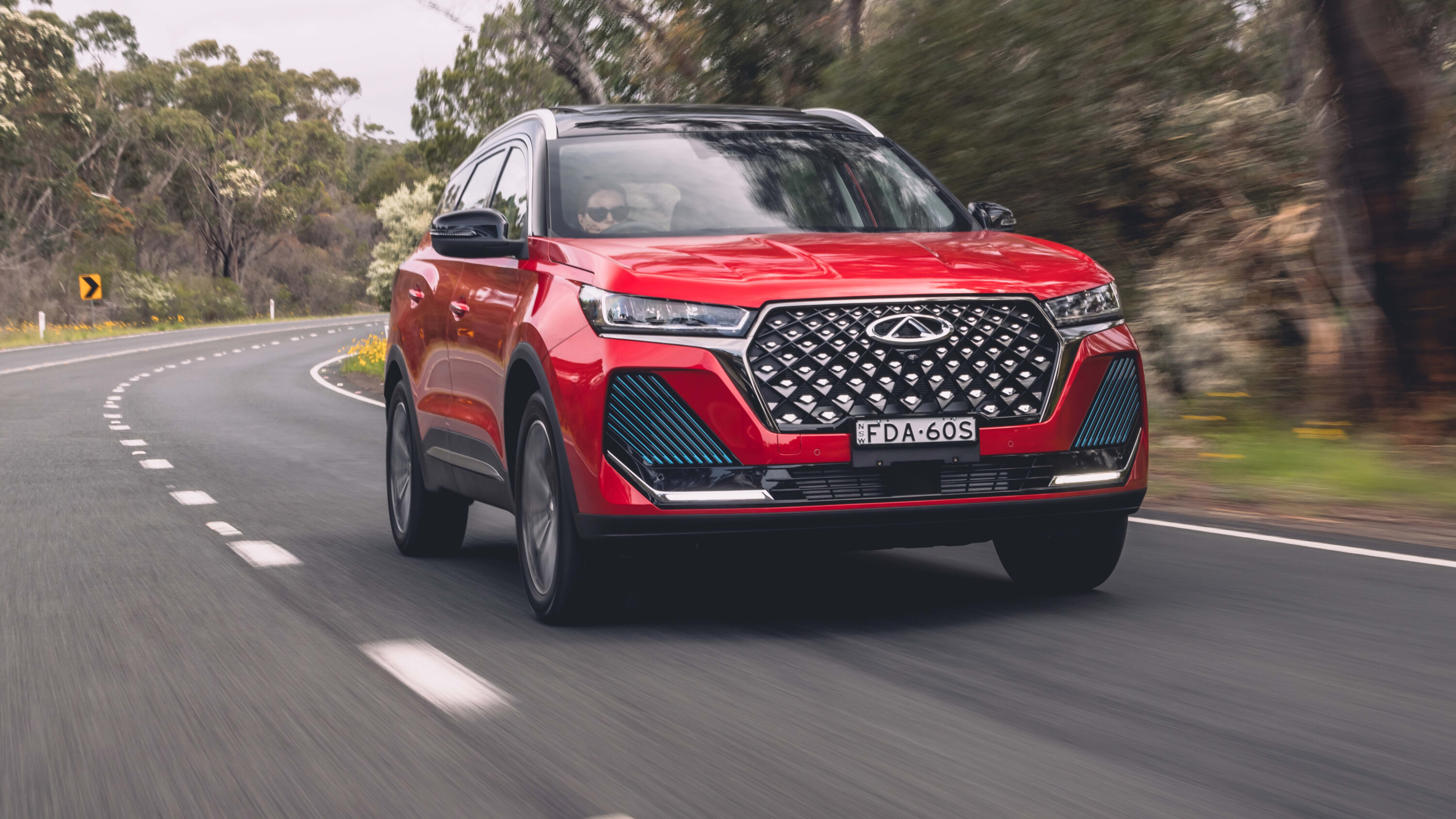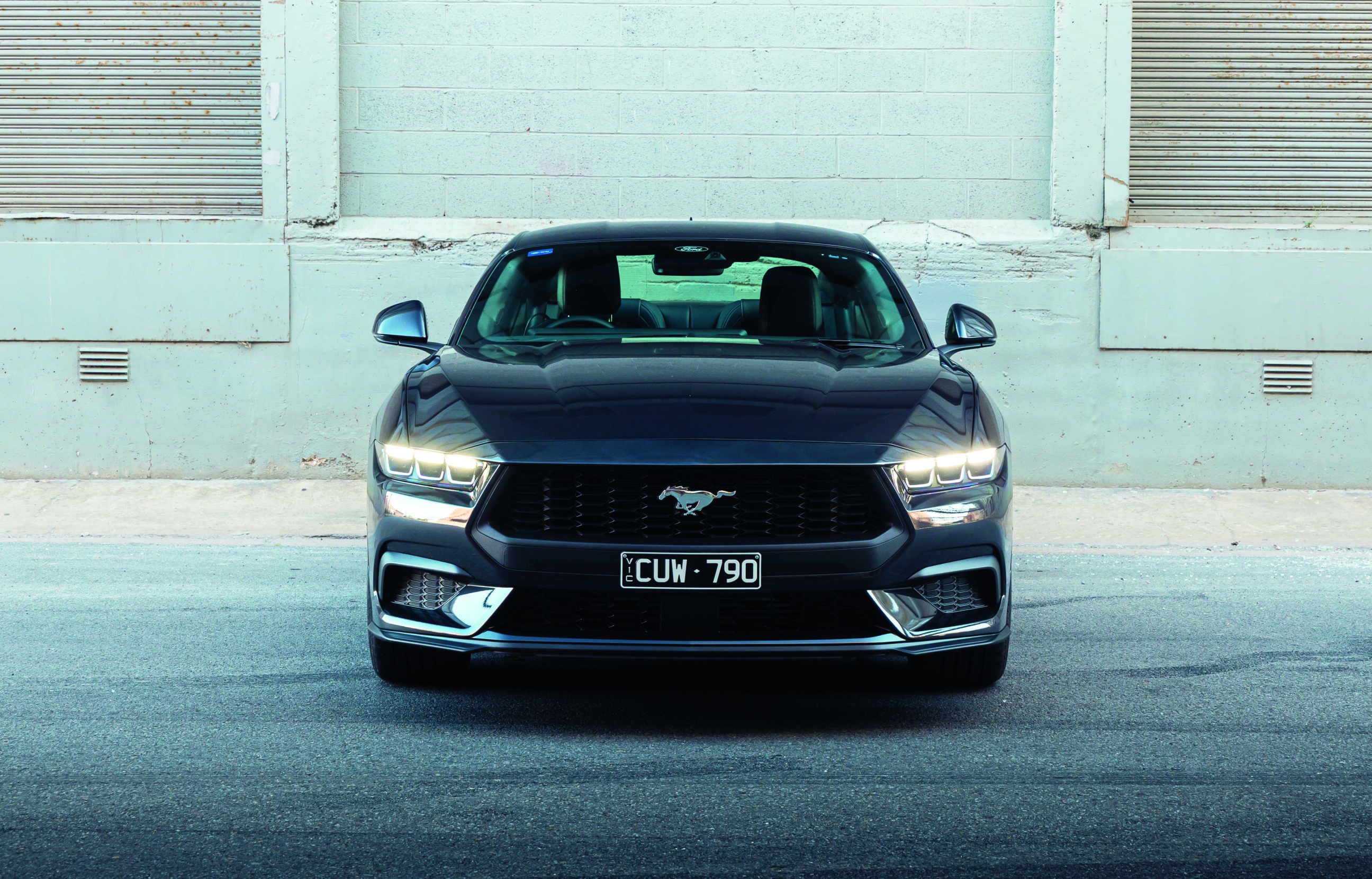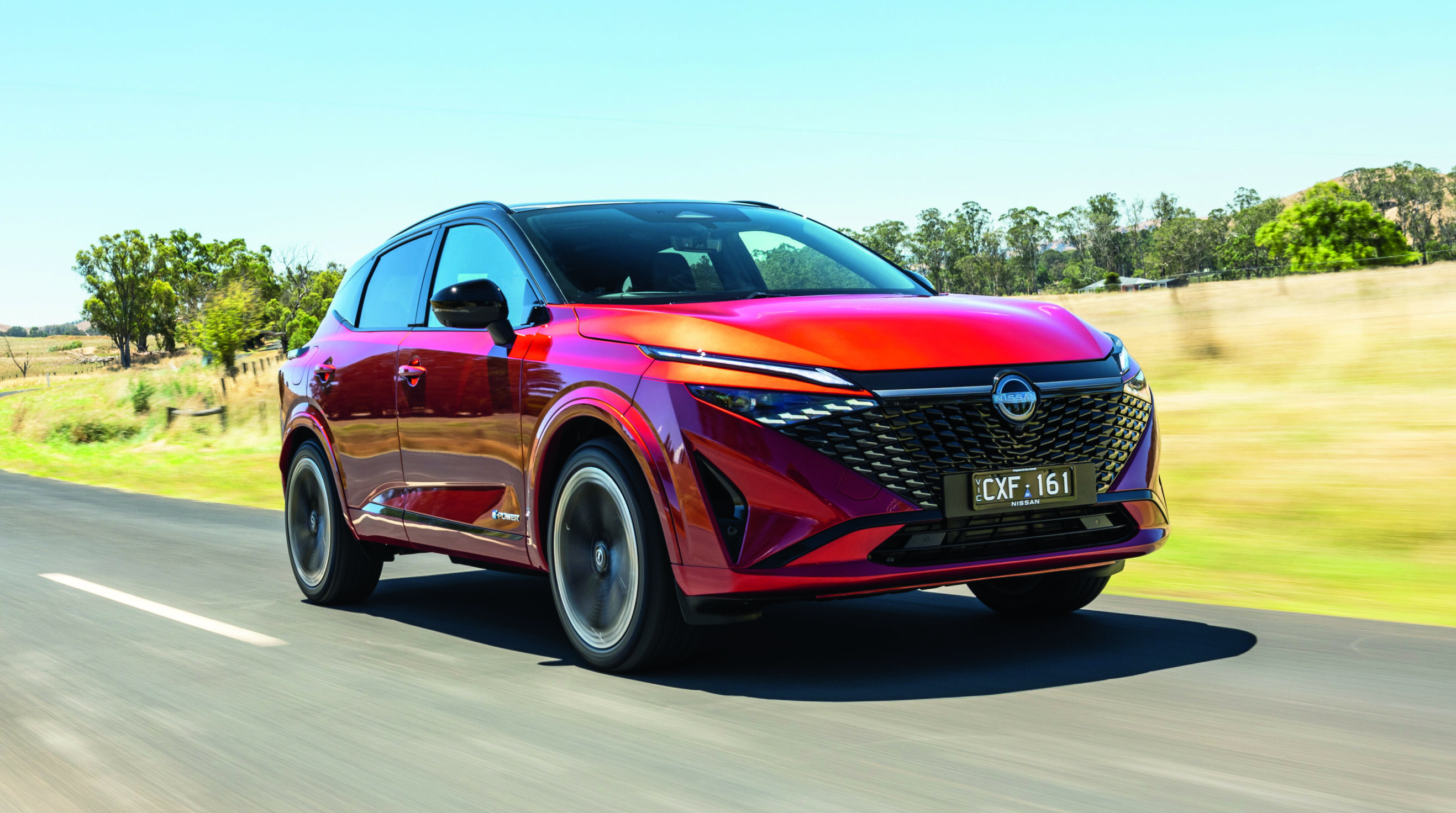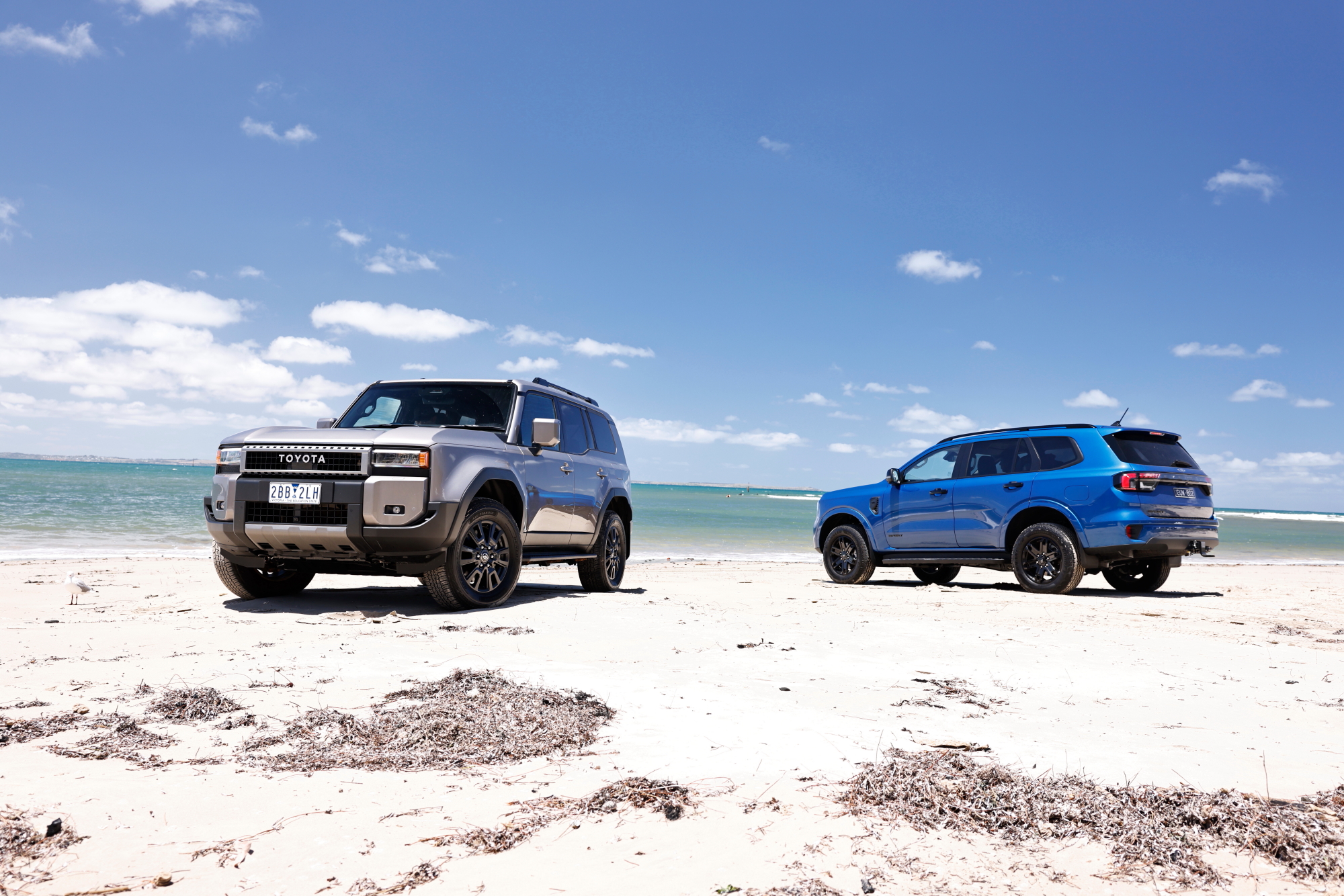Score breakdown
Things we like
- Practical and spacious cabin
- Quiet and refined engine
- So much technology for the price
- Responsive voice control
Not so much
- Adaptive cruise, lane-centring, driver monitoring need recalibrating
- Steering is vague and lifeless
- Jittery low-speed ride
- Fitted with low-quality tyres
In a strange twist of events, Australia is the first country where punters will be able to buy Chery’s heavily updated Tiggo 7 Pro.
It’s been on sale in non-Pro configuration in South Africa and other export markets, but we’re told Australia is the first place this safety and tech-filled medium SUV will hit dealerships.
It’s the second car from Chery after the brand’s nine-year hiatus in Australia, though this time around things are a little different. The local team is packed with executives who have experience at both established brands, such as Subaru and Kia, and a challenger brand that turned around its fortune in Australia, MG.
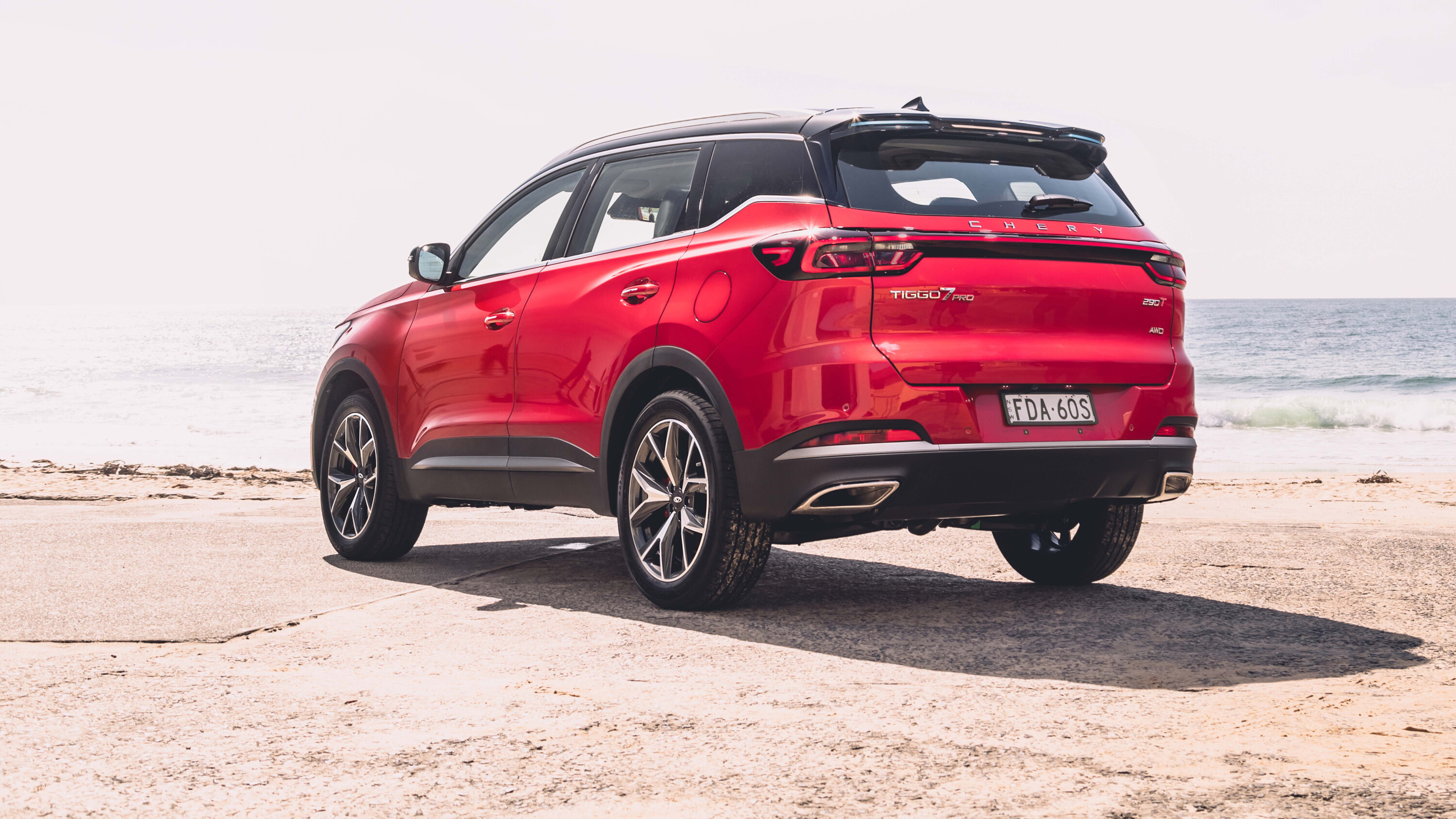
The five-seat Tiggo 7 Pro range runs from $39,990 to $45,990 and joins the Omoda 5 small SUV at Chery dealers immediately.
The Omoda 5 has found 4335 homes this year, so clearly buyers are willing to overlook the safety systems that we found so frustrating (which Chery is working to improve) as a trade-off for great value technology.
Today, we find out whether the Tiggo 7 Pro stacks up against popular rivals, such as the Hyundai Tucson and Kia Sportage.
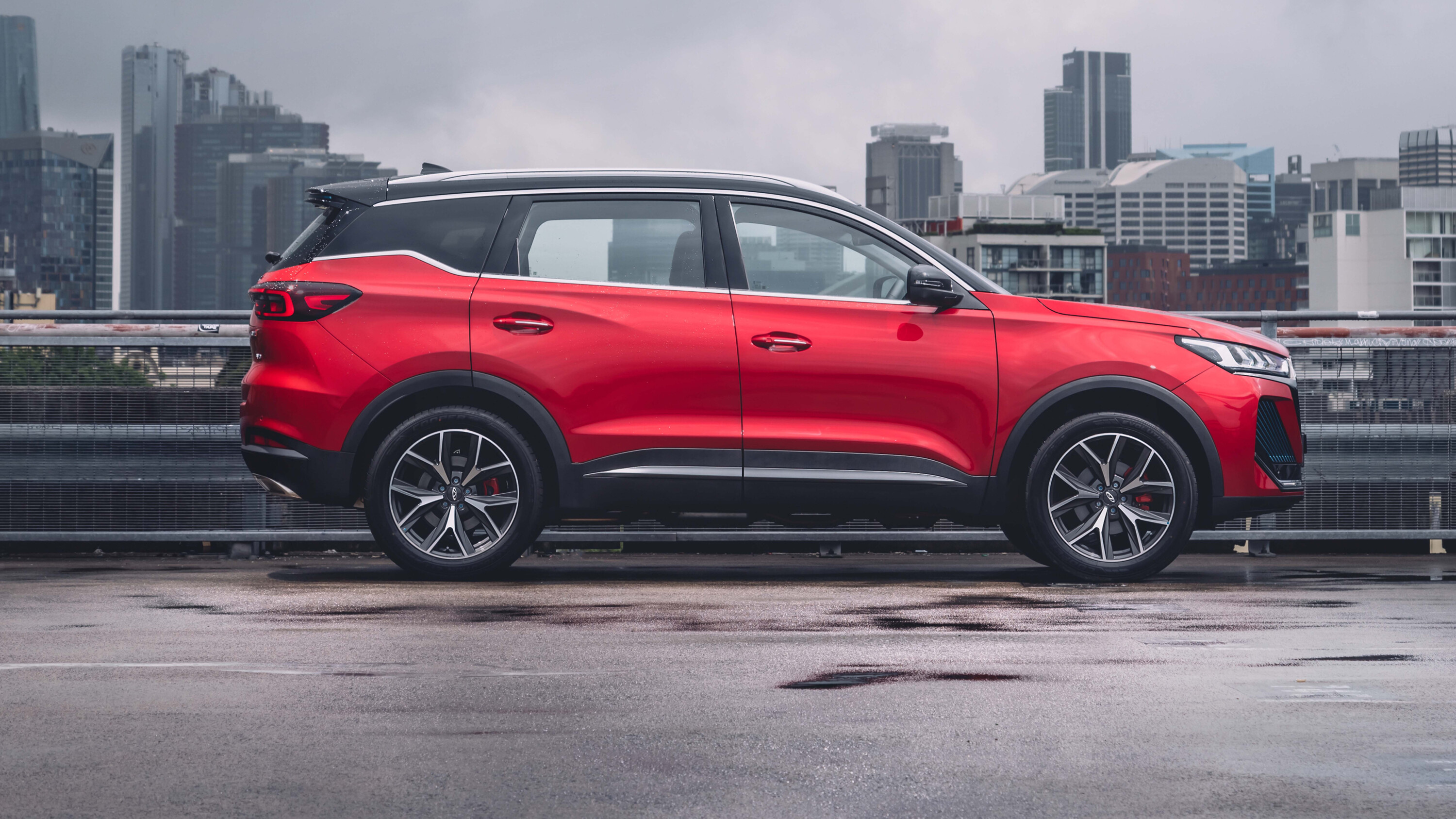
JUMP AHEAD
- How much is it, and what do you get?
- How do rivals compare on value?
- Interior comfort, space, and storage
- What is it like to drive?
- How much fuel does it use?
- How safe is it?
- Warranty and running costs
- VERDICT
How much is it, and what do you get?
The Tiggo 7 Pro range starts at $39,990 drive-away for the front-wheel drive Urban. There are rivals out there offering lower outright prices, but the Elite isn’t exactly stripper spec.
| 2024 Chery Tiggo 7 Pro Urban features | |
|---|---|
| 18-inch alloy wheels | Panoramic sunroof |
| LED exterior lighting | Wireless phone charger |
| Full-size spare | Multi-colour ambient lighting |
| Eight air bags | Wireless CarPlay and Android Auto |
| 18 advanced driver aid systems | 12.3-inch infotianment touchscreen |
| Driver monitoring system | 12.3-inch digital driver’s display |
| Artificial leather seats | eight-speaker Sony sound system |
| Heated front seats | GPS satellite navigation |
| Dual-zone automatic climate control | Hello Chery’ intelligent voice command |
Moving up to the mid-spec Elite ($41,990 drive-away) brings a 360-degree camera, power tailgate and more.
| 2024 Chery Tiggo 7 Pro Elite features | |
|---|---|
| 360-degree camera | Optional black roof |
| Auto-folding mirrors | Air quality management system |
| Power tailgate | Negative ion air freshener |
| Light-up sill covers | Cargo blind |
Along with ventilated seats, the $45,990 drive-away Ultimate packs all-wheel-drive and 19-inch alloys.
| 2024 Chery Tiggo 7 Ultimate features | |
|---|---|
| 19-inch alloy wheels | Memory mirrors |
| All-wheel drive | Auto-dimming rearview mirror |
| Six drive modes (Eco/Sport/Normal/Snow/Mud/Off-road) | Ventilated front seats |
| Red front brake callipers | Memory driveru2019s seat |
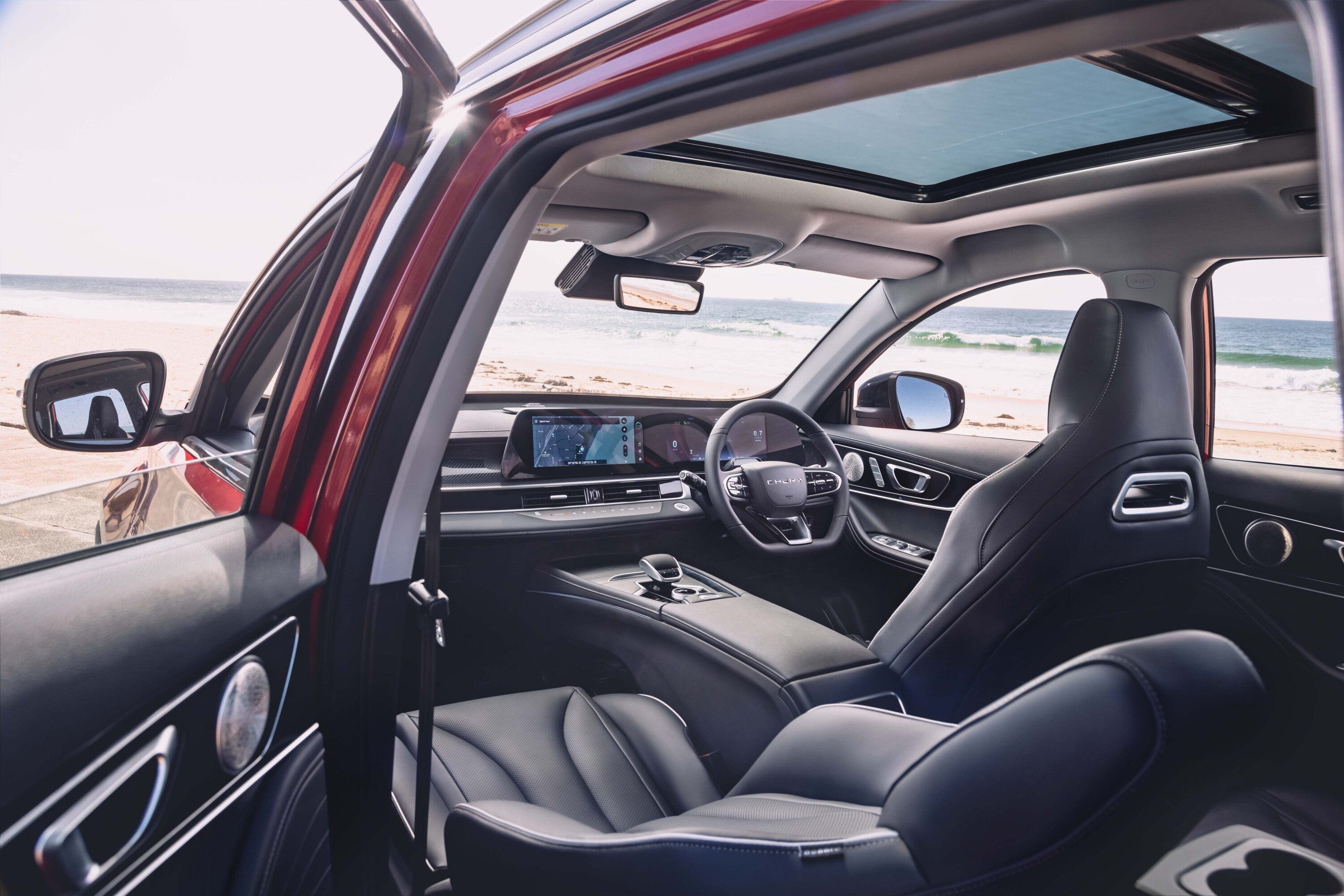
How do rivals compare on value?
The Tiggo 7 Pro sits in an interesting mid-ground between rivals, not offering the extreme cut-price position of a top-spec Haval H6 Ultra AWD ($40,990 drive-away) yet still a lot more affordable than a flagship Toyota RAV4 Cruiser AWD ($56,230 before on-road costs) and Hyundai Tucson Highlander N Line AWD ($54,640 before on-road costs).
So there’s a conundrum for buyers – and that can only be answered by driving all vehicles back-to-back. Investigating residuals is important, too. For reference, there’s no figure on the Tiggo yet but Redbook puts the Omoda‘s value at about 50 per cent after three years, and the Haval H6‘s 52 per cent. The RAV4 and Tucson, meanwhile, are about 62-65 per cent depending on trim.
That means when it comes time to get rid you’ll only get about $23K for the Tiggo 7 Pro compared to closer roughly $37K for a Tucson Highlander.
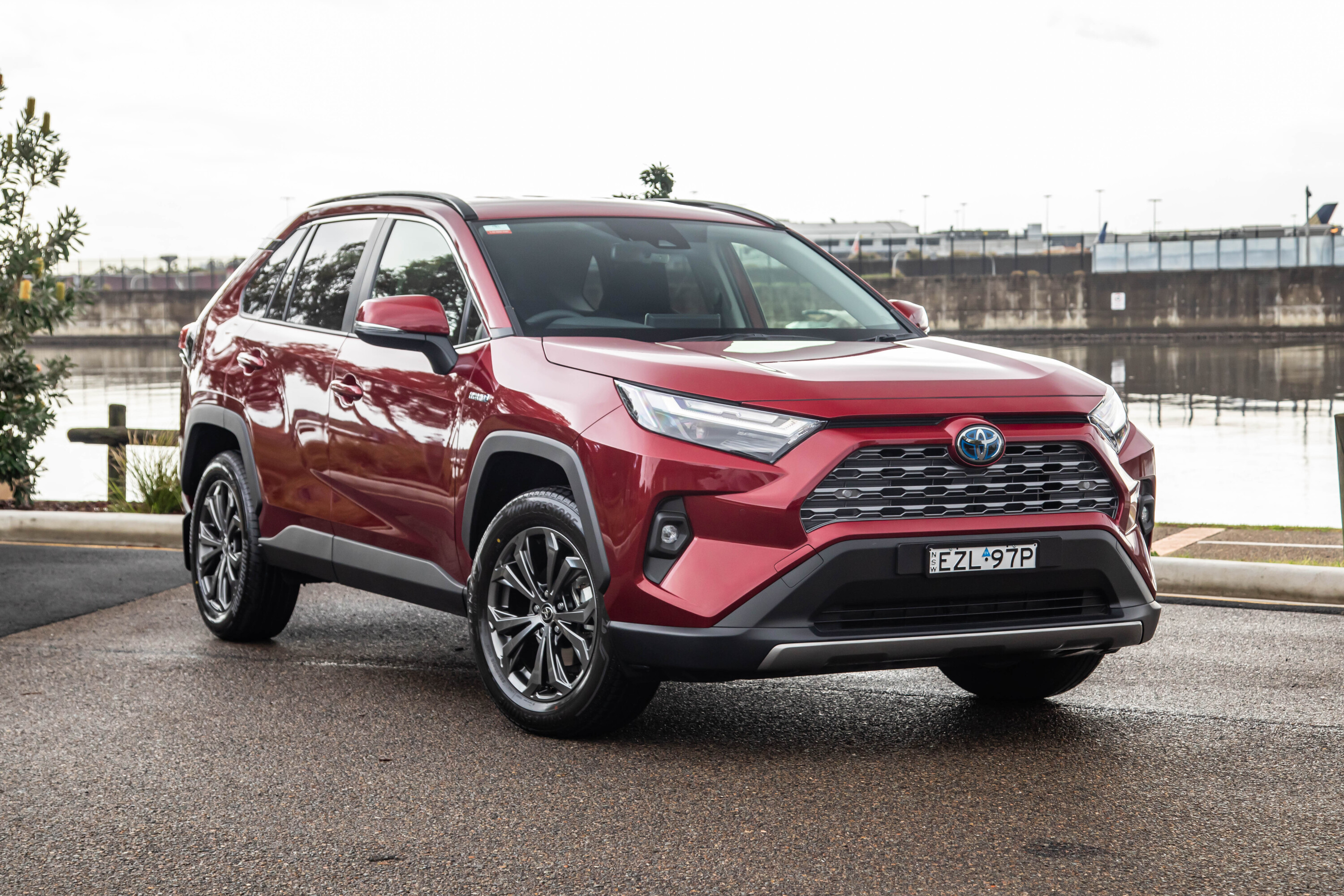
Interior comfort, space and storage
If the outside reminds you of a Ssangyong Rexton, the Tiggo’s interior details are almost shameless copies of Mercedes-Benz right down to the intricate laser-cut speaker grilles, the door inlays, seat memory settings, and start/stop button.
But if you’re going to copy someone, Mercedes isn’t a bad place to start, though perhaps the most unnerving aspect is the plastic graining that’s almost identical to that of a C-Class to the eyes, if not to the touch.
However, at its core the Tiggo’s technology is all Chery, and that’s important because this is the ace up this Chinese brand’s sleeve. You’ve got over 400 voice commands that can understand simple robotic instructions to more human prompts such as “can I have some fresh air”.
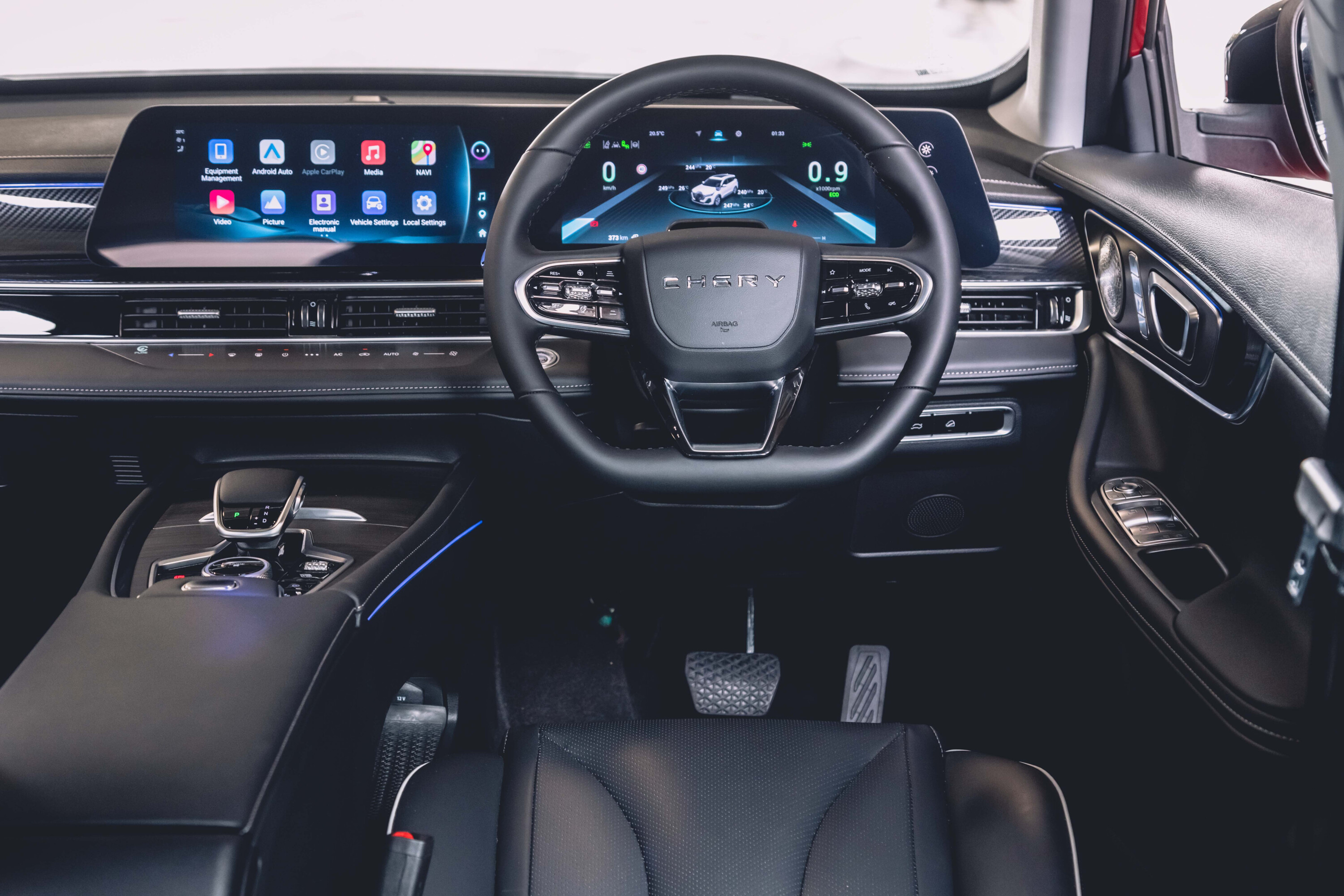
The menus found in the 12-inch touchscreen are logical, too, and far eclipse the convoluted systems you find in a Haval H6, feeling about as well thought-out as a Kia Sportage’s.
Practicalities are excellent with flexible door pockets that grip a one-litre bottle snuggly. A flying bridge centre console has storage below perfect for small handbags or snacks, above there are two cup holders, a deep central bin, and a grippy rubberised wireless charging pad that works neatly with cable-free Apple CarPlay/Android Auto. There’s still USB-A and USB-C charging points in the front, too.
The digital driver’s display communicates most information legibly, though there are some details (green to show adaptive cruise or lane-trace is engaged) that get lost in the peripherals behind the steering wheel.
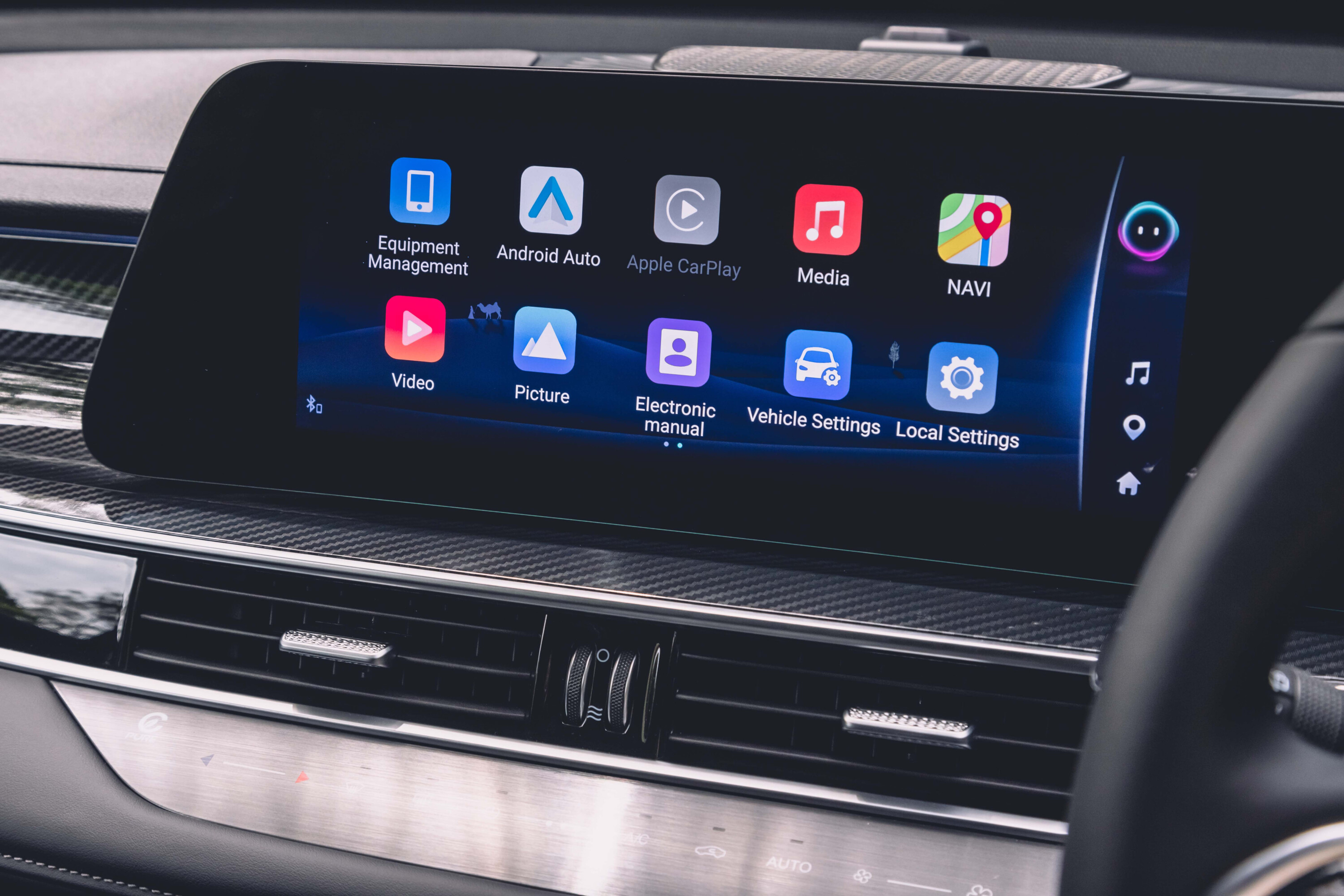
It can display a full map using the Tiggo’s in-built navigation just like Volkswagen’s benchmark setup.
All grades from the base up get heated power-adjust seats. The driver gets six-way and the passenger four ways, losing height adjust which isn’t ideal for taller people. They are comfortable, although the vinyl upholstery doesn’t breathe like real leather. Luckily the top-spec Ultimate gets eat cooling thrown in.
Moving rearwards, the Tiggo’s relatively short 4513mm length and 2670mm wheelbase don’t impact room. There’s space for two six-foot-plus adults in the outboard seats and enough width to accommodate a third person in the centre position.
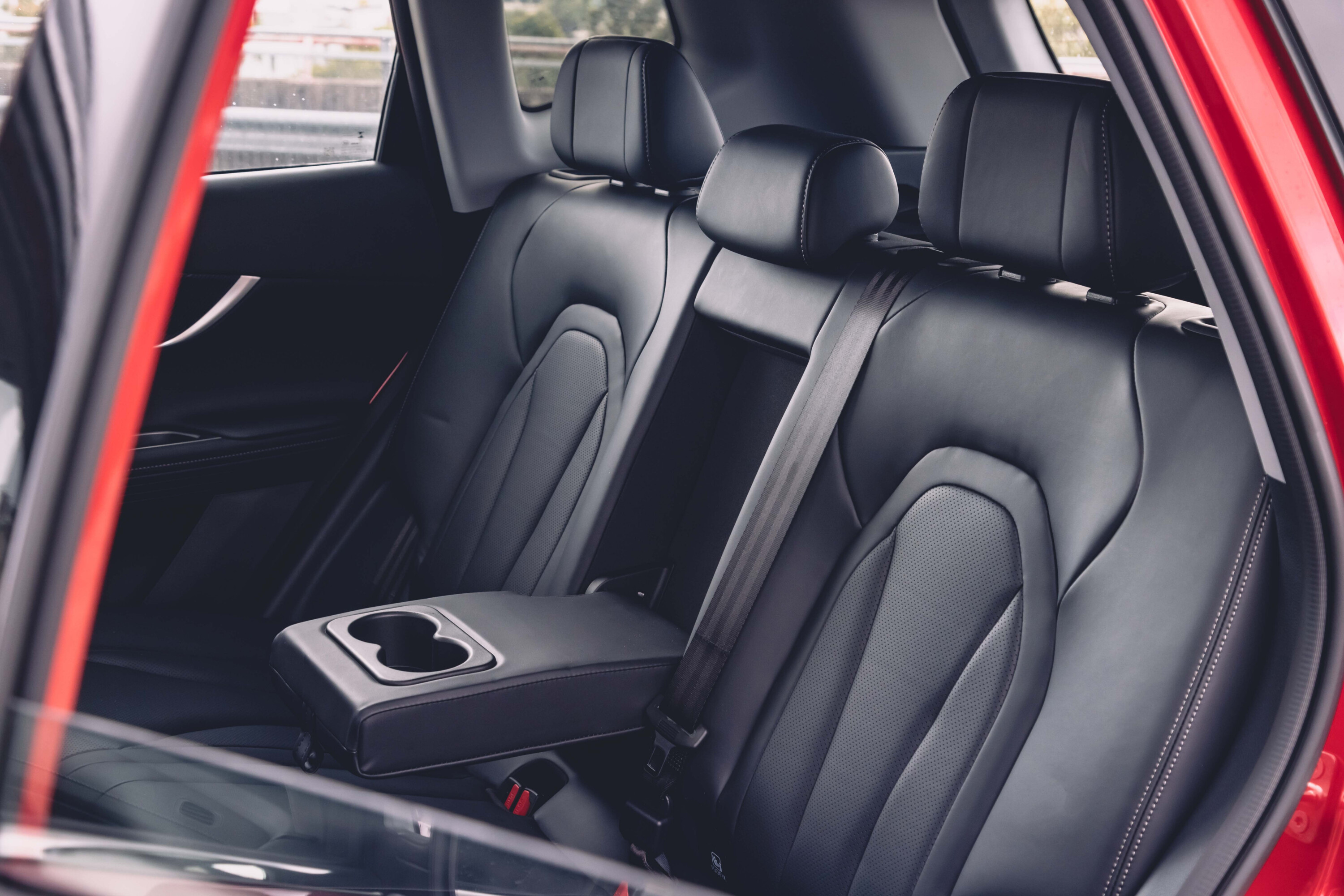
You’ll find as much legroom here as any rival bar the Nissan X-Trail or Mitsubishi Outlander.
Three top tether points are standard with Isofix points on outboard seating positions. For more grown-up passengers, amenities include two vents and a USB charge point. The only real shortcoming is the scratchy black plastic door cards that don’t match the rest of the interior’s remarkably high-quality presentation.
On paper the Tiggo’s boot is large, measuring 626L. In reality, it looks about the same size as a Hyundai Tucson, though without quite such a wide aperture. There’s a full-size spare wheel beneath the single-level floor, a cargo blind, a 40:60 split-folding backrest, and boot light.
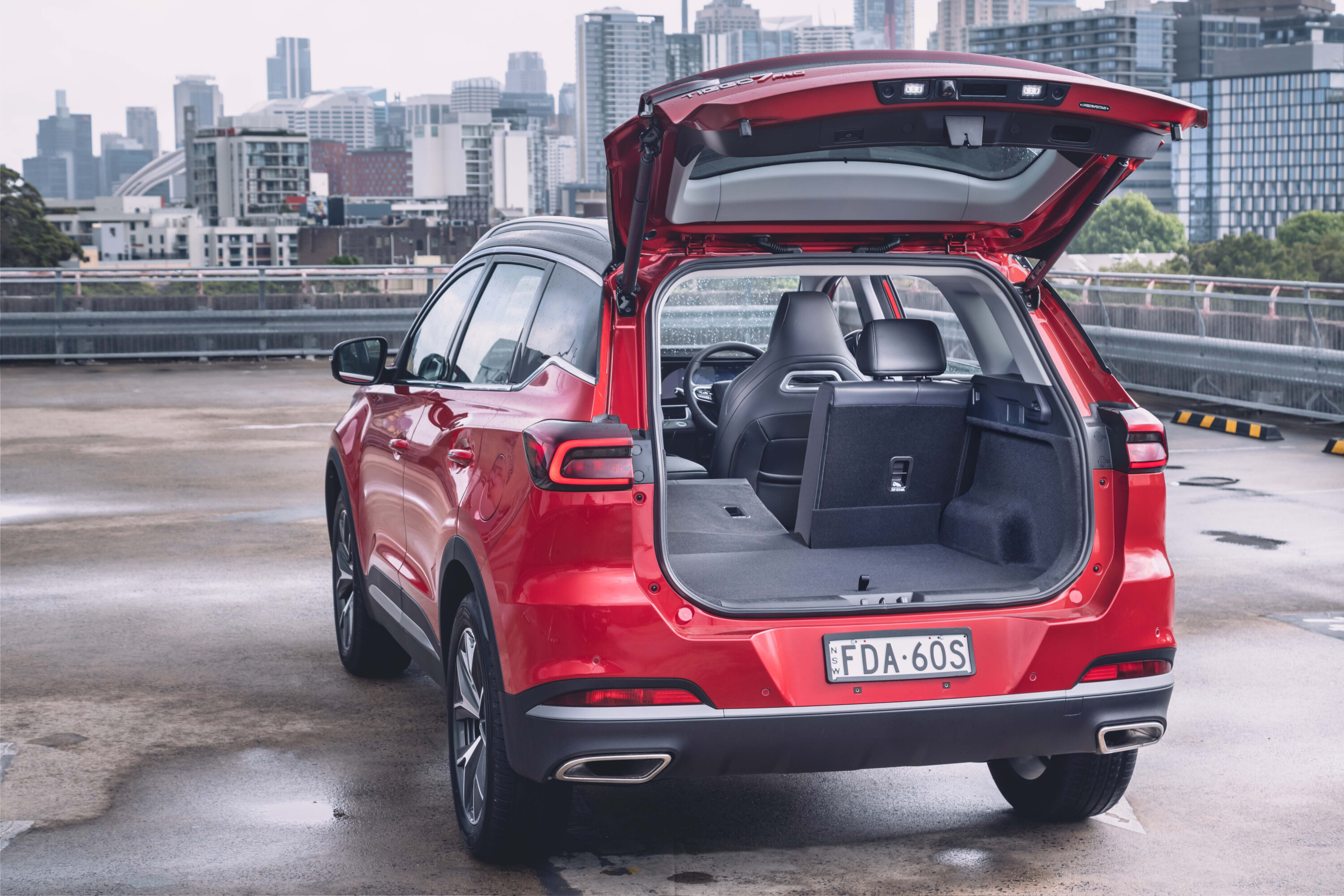
What is it like to drive?
We’re off to a good start. The 1.6-litre turbo-petrol four-cylinder fires to life without much protest and the seven-speed dual-clutch gearbox mostly does what you want.
The ‘290T’ badge on the back of the Tiggo 7 Pro references its China-market 290Nm torque figure, but under global standards outputs are rated at 137kW (instead of 147kW) and 275Nm. An odd quirk, but not one that detracts from reasonable acceleration.
Chery claims 0-100km/h in 9.5 seconds for the front-drive trims and 9.9 seconds for the all-wheel drive Ultimate. Those numbers sound about right and acceleration occurs smoothly.
The auto start/stop system makes for the occasional awkward take-off as the dual-clutch stumbles into first gear if rushed.
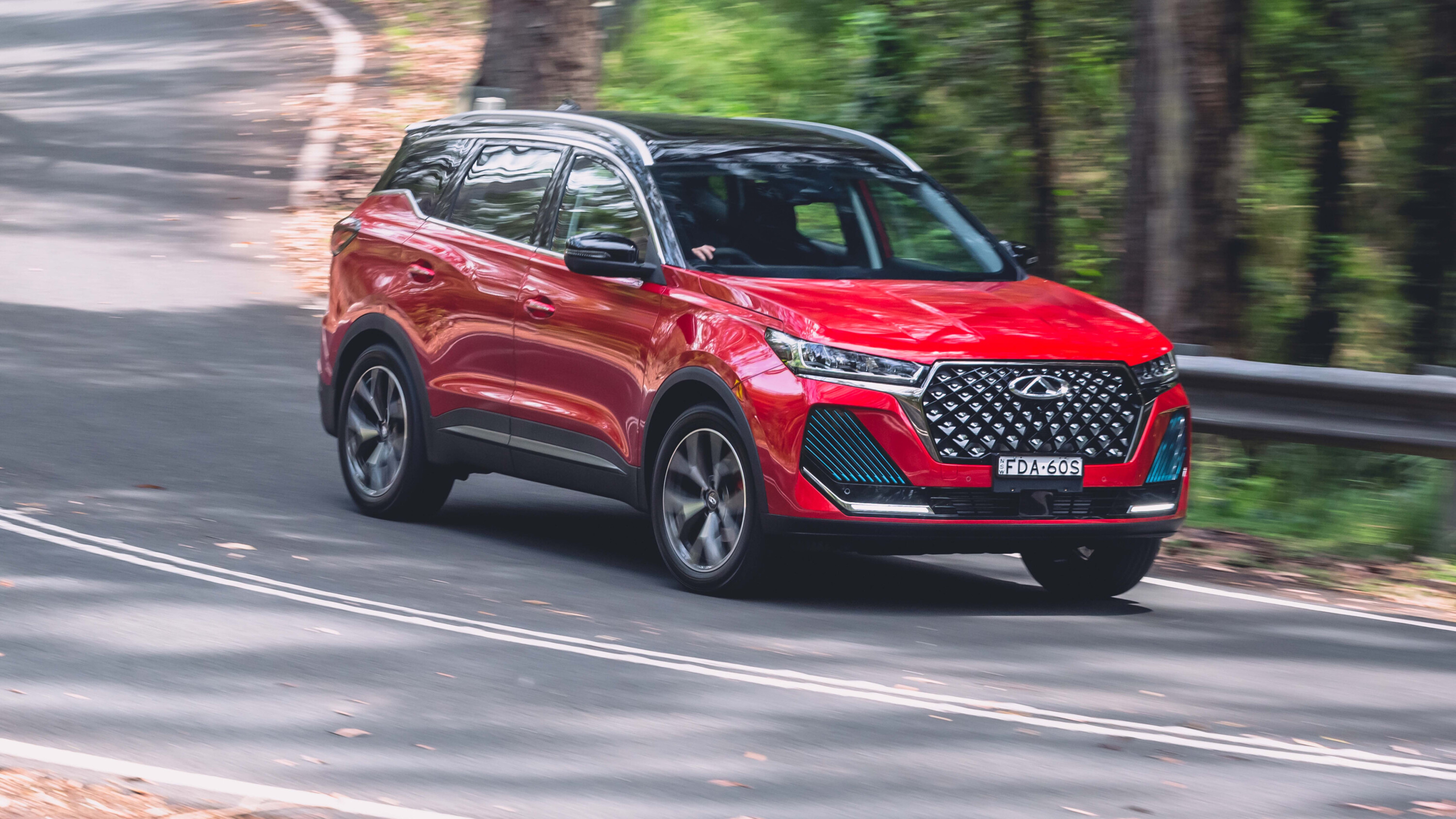
The Tiggo 7 Pro feels like a larger SUV from behind the wheel than measurements suggest with a commanding driving position and good vision out, save for the thick A-Pillars.
It’s based on Chery’s T1x architecture found under the larger Tiggo 8 Pro, with no relation to the Omoda 5.
Ride comfort on Sydney’s bumpy roads is adequate on the Ultimate’s 19-inch alloys if a little on the firm side over small bumps. As the car unloads over rises there’s a moment of float, too; both of these are symptoms of stiff springs.
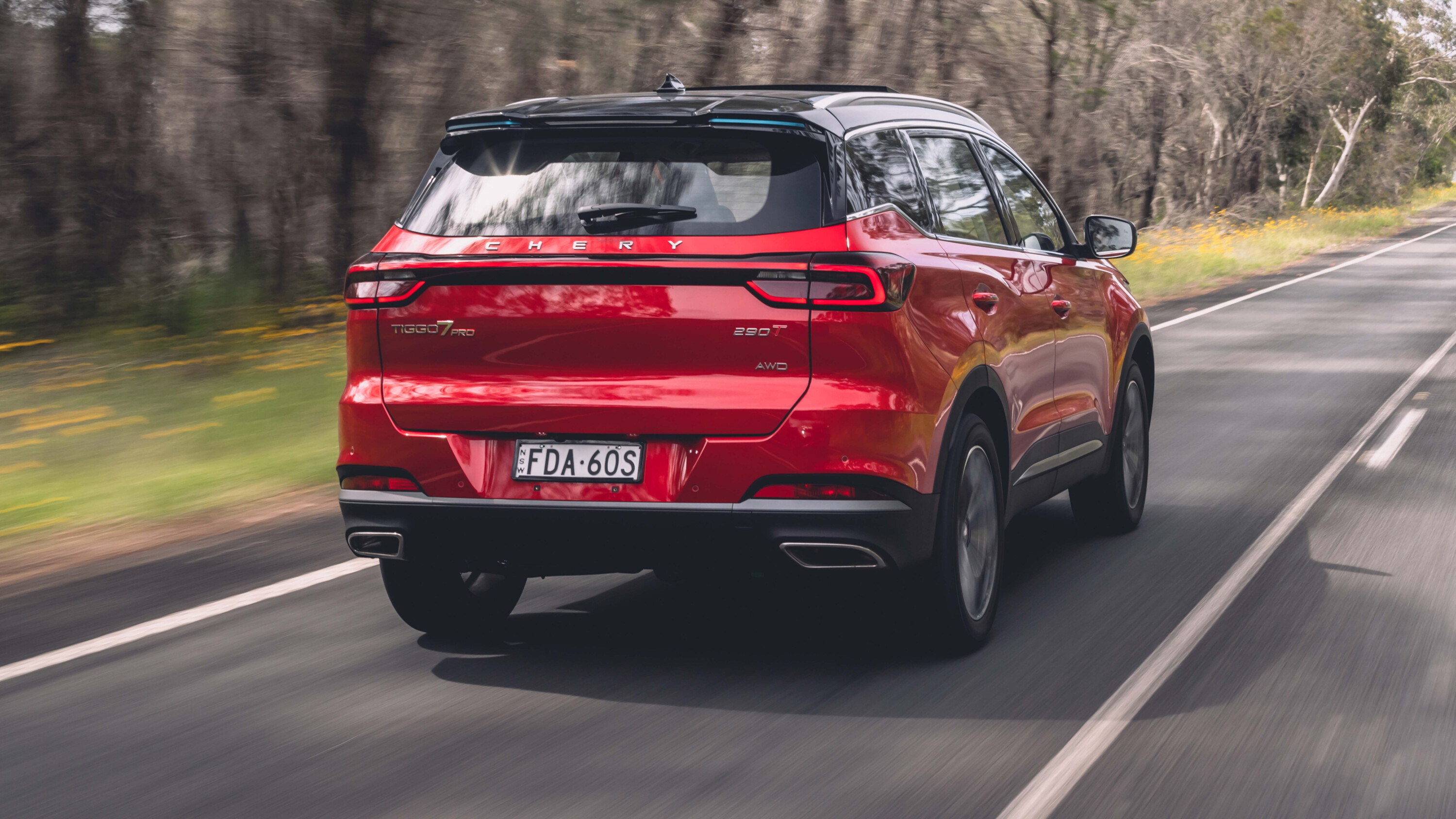
The Elite and Urban’s 18-inch alloys do a better job insulating occupants from bumps.
Regardless of ride quality, the Tiggo 7 Pro’s noise insulation is great. There’s precious little wind noise or tyre roar from the 225/55 R19 Cooper Evolution CTT rubber on the range-topping Ultimate.
It may be light and easy around town, but the Tiggo’s steering doesn’t inspire confidence as we arrive at a twisty section of road heading into Sydney’s Royal National Park.
With a firm chassis minimising body roll through corners, it’s difficult to judge how much you’re working the Tiggo 7 Pro’s rubber. The default stance is gentle understeer that becomes progressively more pronounced. Safe, but we’d appreciate more poise and adjustability.
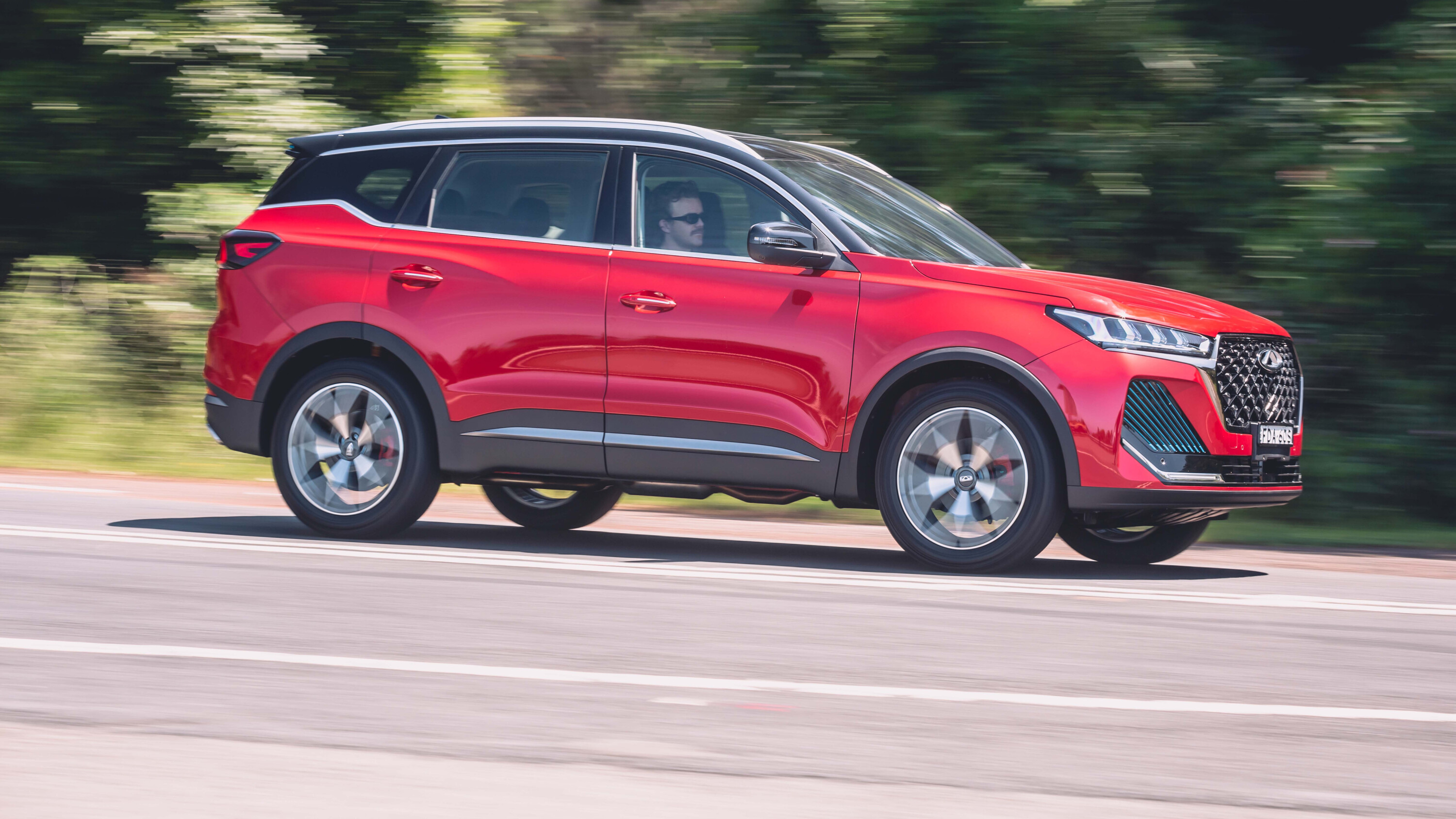
There are three drive modes (Eco, Normal and Sport) in the lower trims and six for AWD Ultimate, which adds Snow, Muddy and Off-road modes. We found Normal best, with Sport adding no real substance and Eco dulling the throttle too much.
As you twiddle the rotary selector to choose each mode (there’s thankfully no touchscreen interaction needed) it barks back which mode you’ve selected in a very computery voice.
Speaking of sounds, we found the digital indicator chime to be quite unpleasant. But that’s a minor gripe. Our initial experience is promising enough, then.
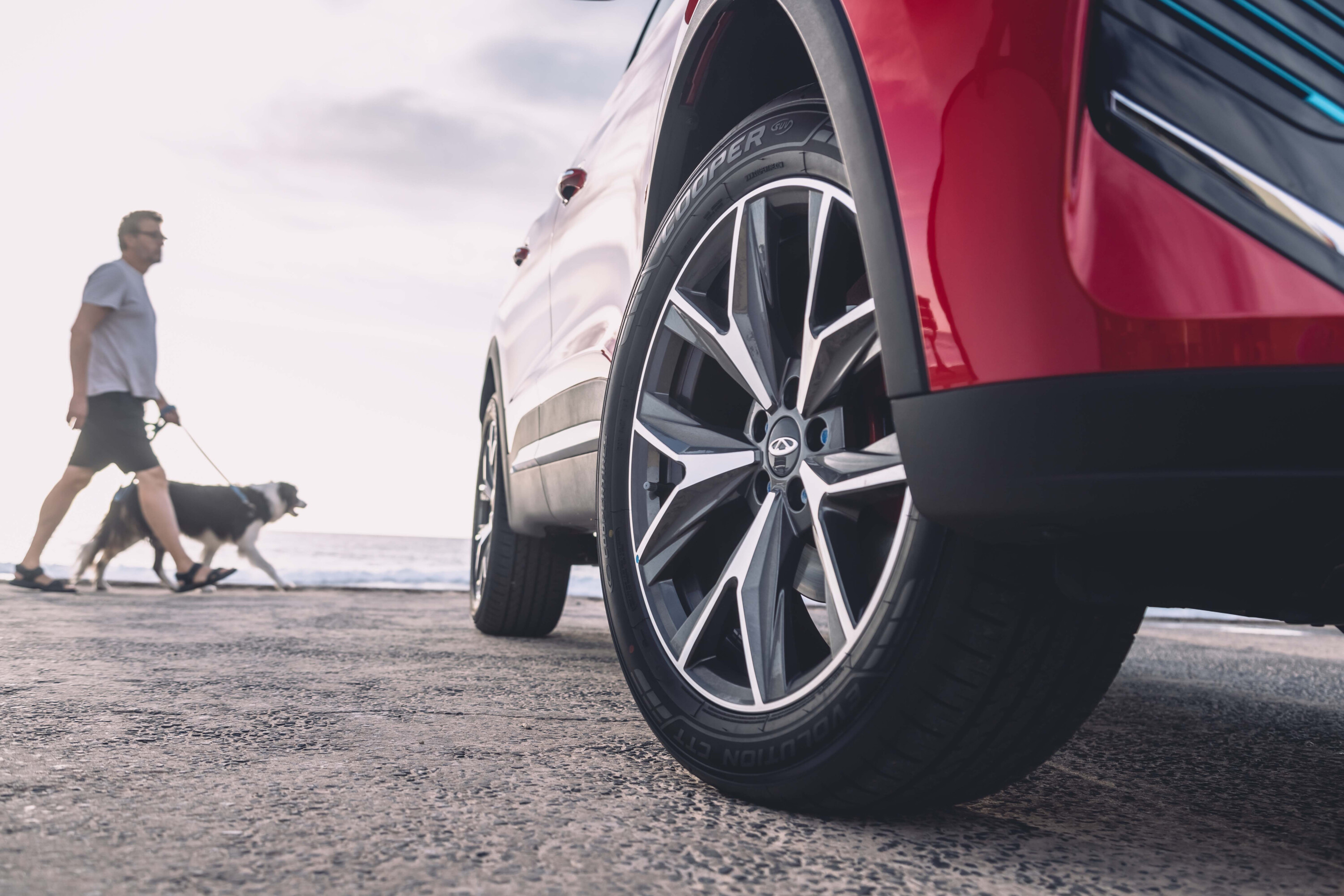
How safe is it?
Chery, like rival Chinese brands, is all about safety on paper. The Tiggo 7 pro hasn’t received ANCAP’s five-star blessing yet but the carmaker has worked closely with the independent crash-testing body to ensure it has all the tech needed, including eight airbags.
It’s also got AEB with pedestrian, cyclist and motorcycle detection, blind-spot monitoring, rear cross-traffic alert, lane-departure warning, lane-centring, drive-attention monitoring, safe-exit assist and more.
Though these systems have proven to be more annoying than useful in the past, the Tiggo 7 Pro is an encouraging improvement when it comes to lane-keep assist with fewer false-positive experiences than in early Omoda 5s.
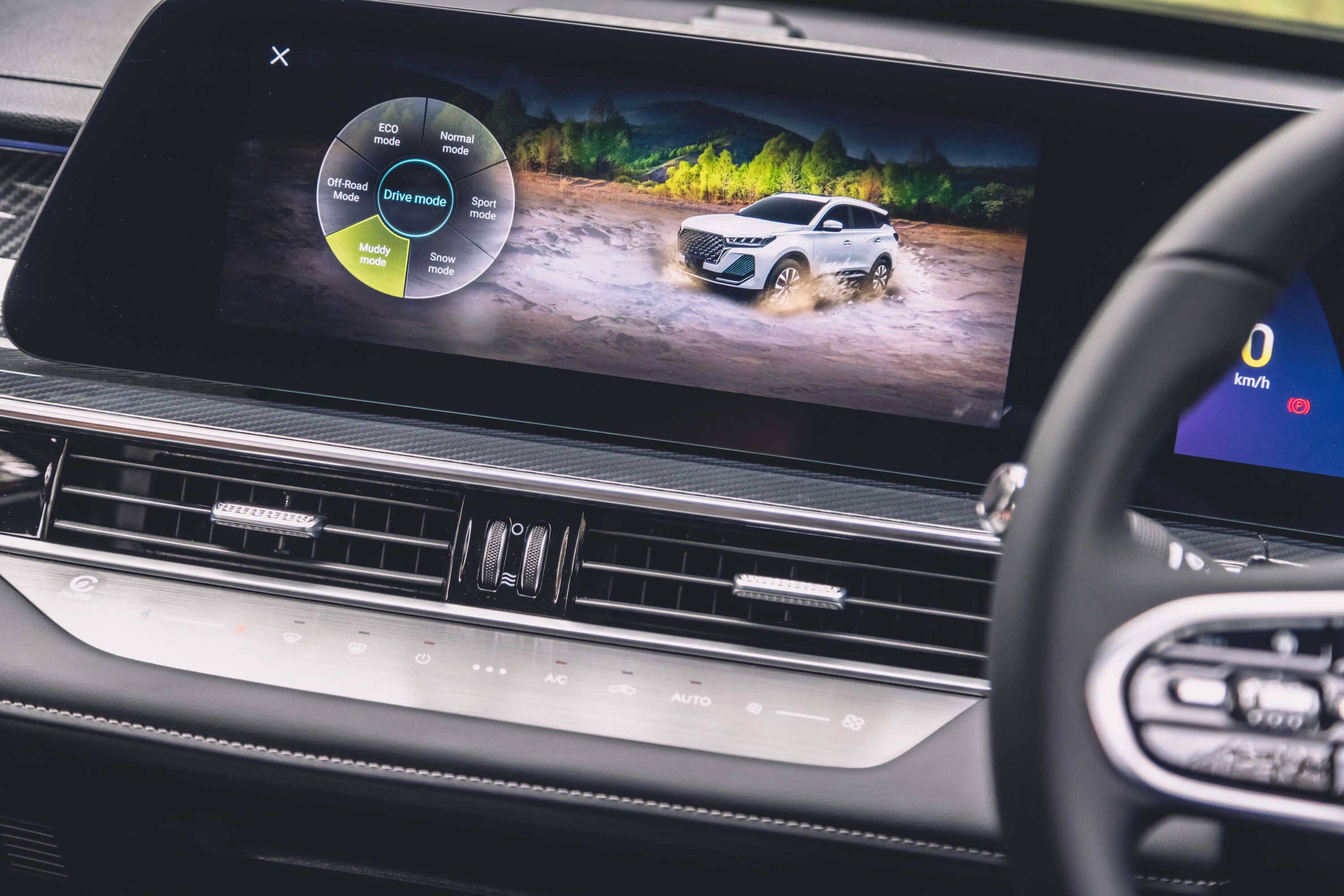
The Tiggo uses cameras only, with no radar sensors (unlike the Omoda 5 which has both). Unfortunately, the systems don’t function anywhere near as smoothly as those found in Volkswagens, Subarus, and Toyotas.
On the return from Austinmer via the M1, the Tiggo’s systems showed their issues when setting the adaptive cruise control and lane-centring assist. At a posted 110km/h, the steering becomes thick and heavy – as if the columns set in drying concrete – making it difficult to adjust for cambers and crosswinds on the motorway.
Then, as the system detects a vehicle in the left lane, the cruise nervously slows the car back to 100km/h, before realising its mistake and gassing quite aggressively back up to, and then overshooting the 110km/h speed limit in the process like a drowsy cab driver.
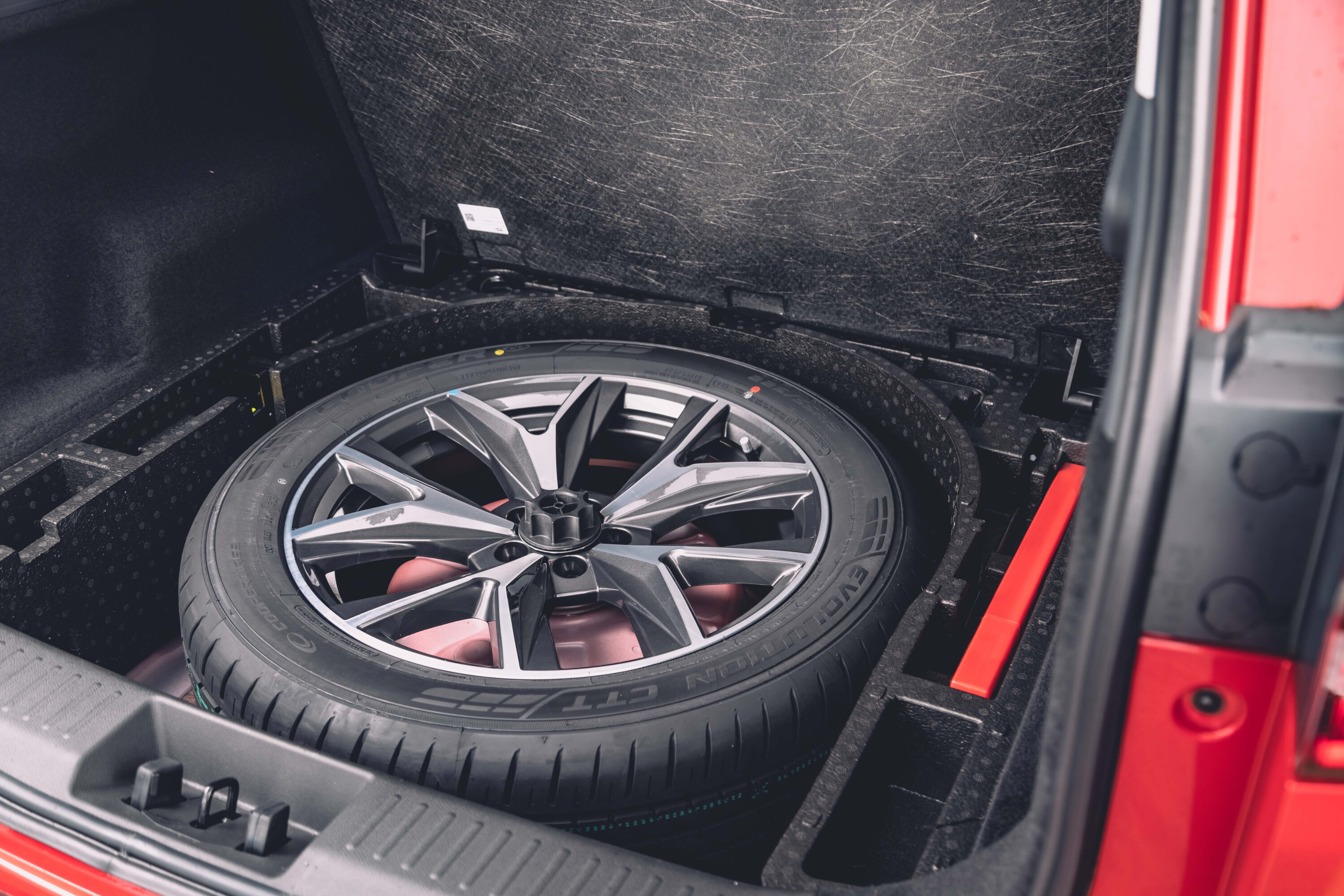
We also need to discuss the prominent driver-attention monitoring system with its camera behind the steering wheel.
It requests your eyes with an audible beep if it reckons you’re distracted. Thing is, if you do a head check to spot a vulnerable road user – a cyclist or motorcycle, for example – it’ll assume you’re looking away “driver distracted for a long time” it insists.
And any time the systems detect a change in surrounding circumstances, the driver’s display jumps away from the map to a display showing the vehicles around you, which takes your attention off the road, and then the system scalds you again.
Chery says it’s effectively using Australia as a beta test for tough non-Chinese road conditions as it expands into other markets. But do we want to be the Guinea pigs? To avoid a sullied reputation it might have been wiser for Chery to tune first, and launch second.
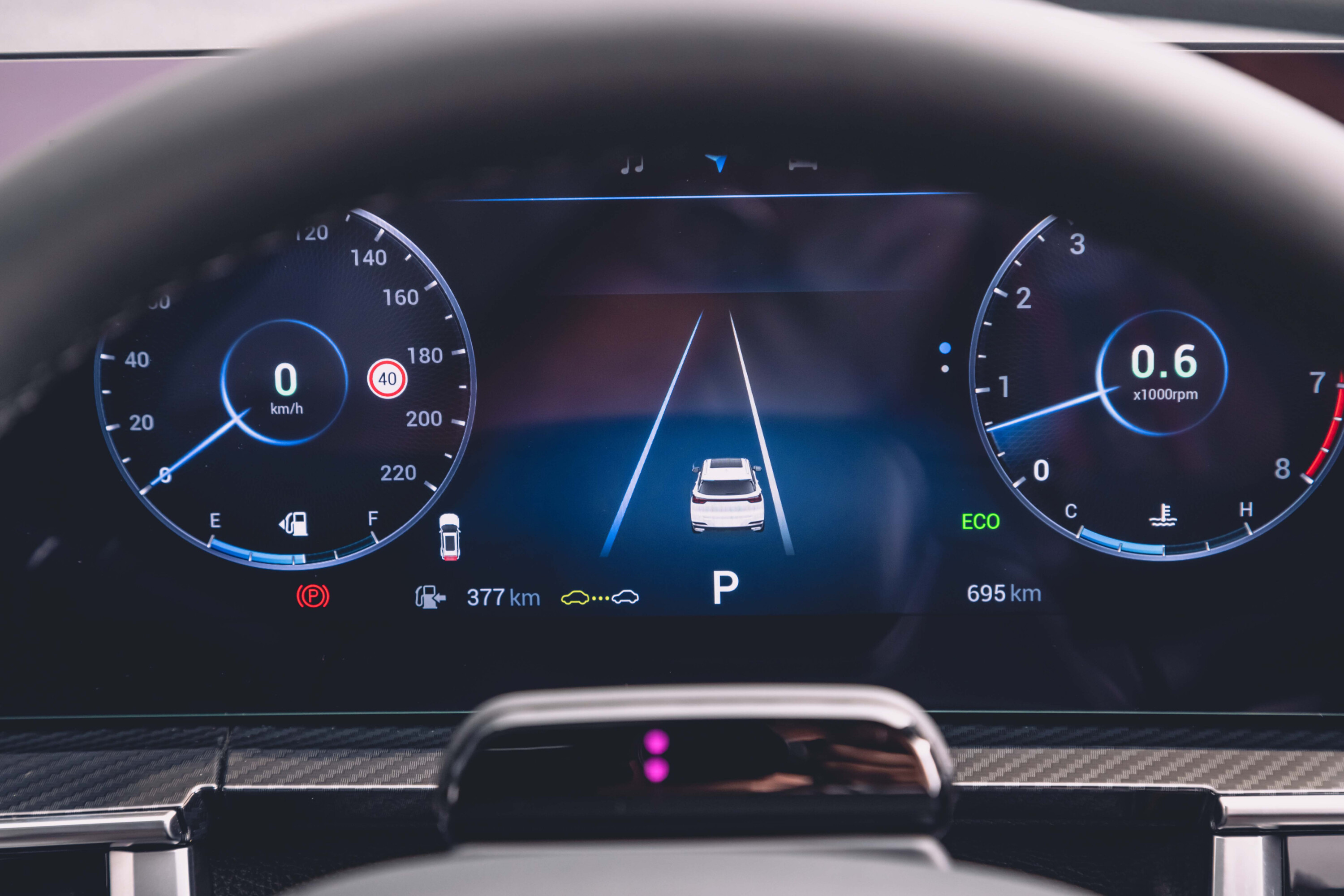
How much fuel does it use?
Efficiency is good, considering the Tiggo 7 Pro is a fairly simple set-up. In front-drive form, the Euro VI complaint engine returns 7.0L/100km in the ADR combined consumption cycle and we saw that exact number on the trip computer.
The thirstier all-wheel drive (that offsets compromised range with a 6L larger 57L fuel tank) is rated at 7.8L/100km in the same test. We saw 8.1L/100km on a twistier route through the countryside.
The Tiggo 7 Pro requires premium 95 RON or higher unleaded petrol.
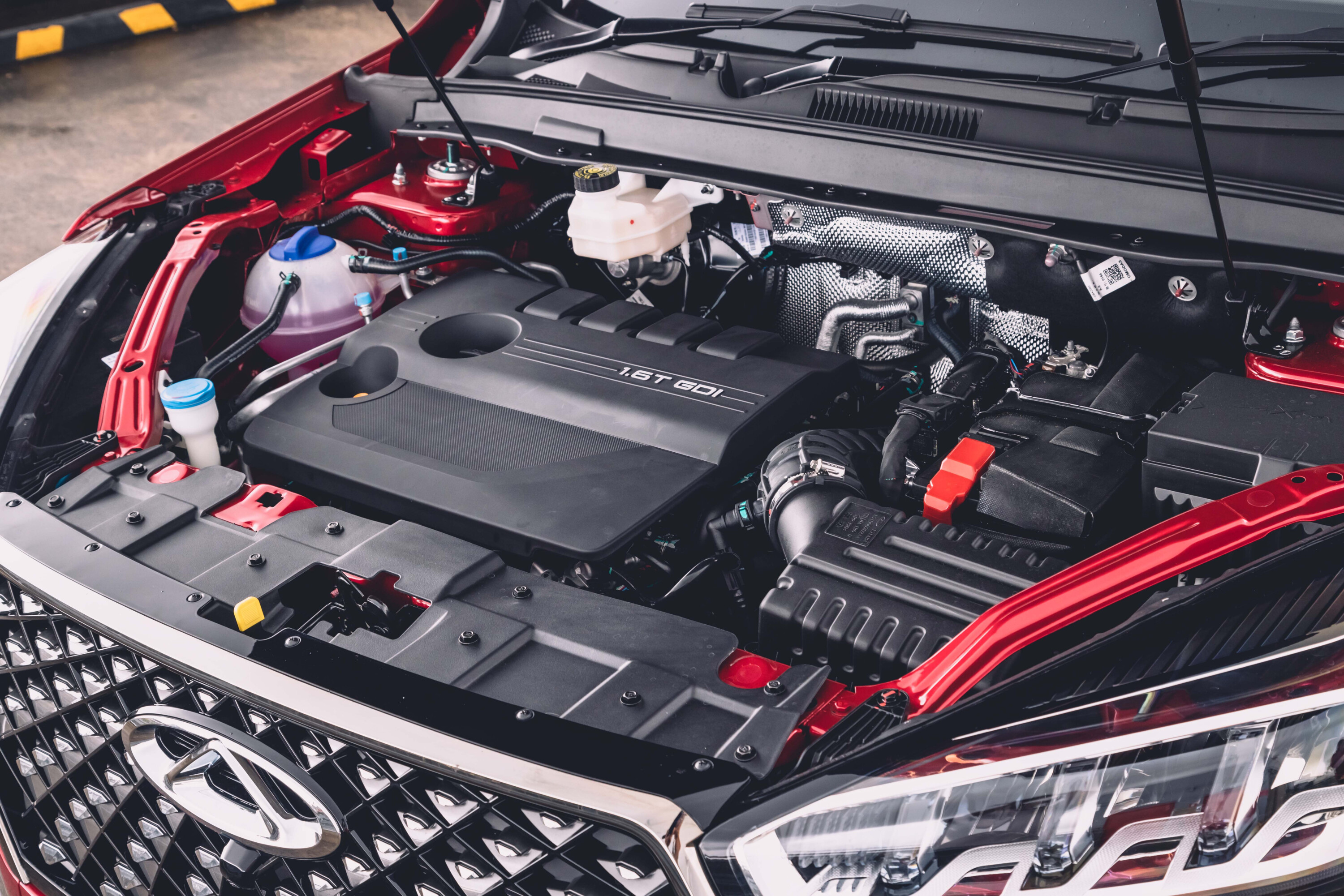
Warranty and running costs
Chery wants to offer peace of mind for customers and is adamant it has the dealer and local support needed to deal with warranty claims and accident repairs rapidly, carrying nearly $12 million worth of spare parts for Tiggo and Omoda models.
The Tiggo 7 Pro is covered by a seven-year/unlimited-kilometre warranty, seven years of capped-price servicing and buyers get seven years of roadside assistance thrown in with the purchase.
Full service pricing for seven years has not been confirmed, but the first five trips to a Chery dealer will cost $280 per visit – just $20 each more than a Toyota RAV4.
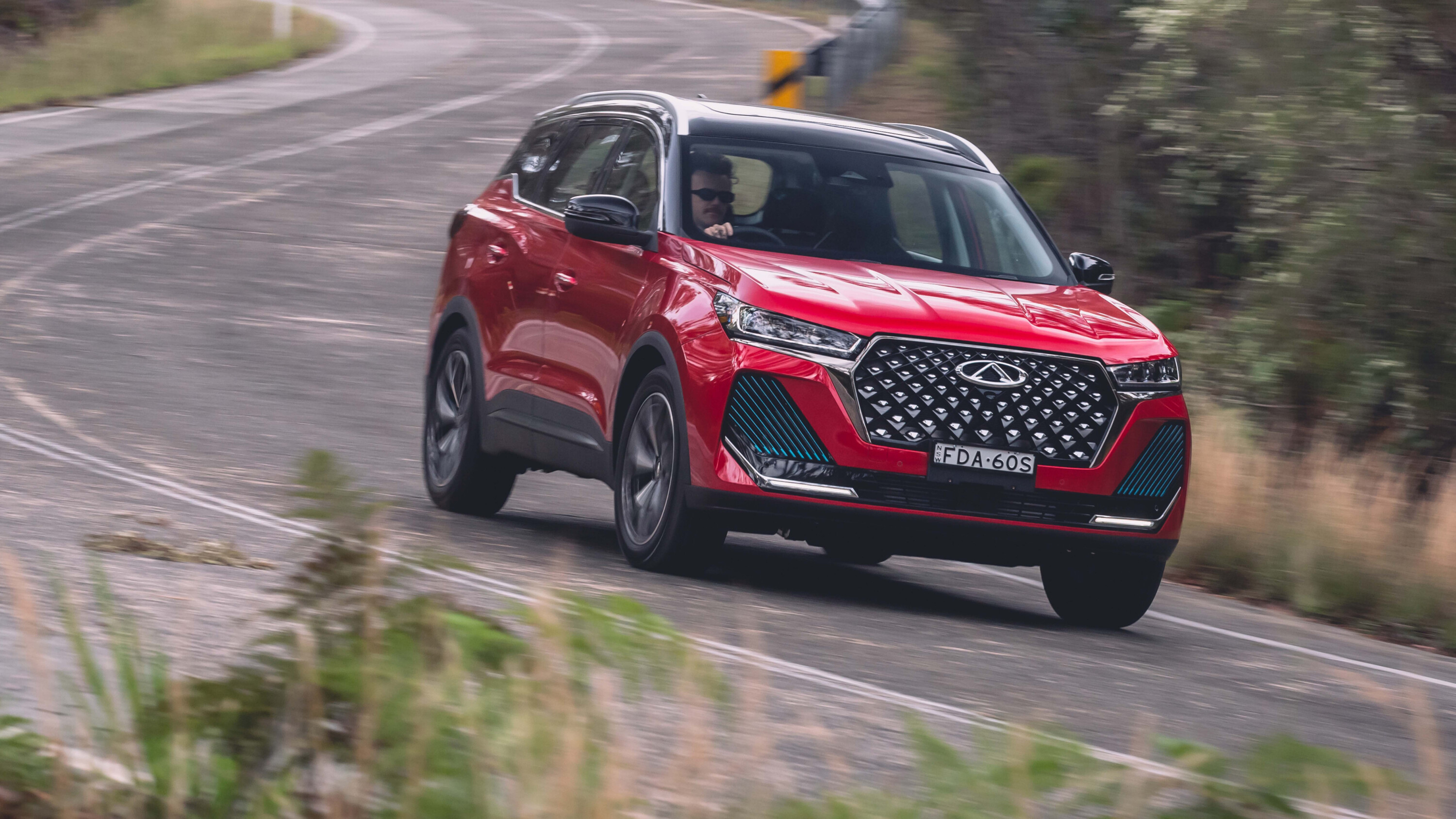
VERDICT
There’s little arguing that the Tiggo 7 Pro is a more complete vehicle than its Omoda 5 relative, but it still feels half-baked – and that’s never a good way to release a car.
There’s hope that the optimistic and experienced executives at Chery’s helm will continue to iron out the brand’s kinks, yet until we sample a product with driver aids that are as consistent and smooth as Toyota, Hyundai, and Subaru’s, it’s difficult to recommend a Tiggo 7 Pro.
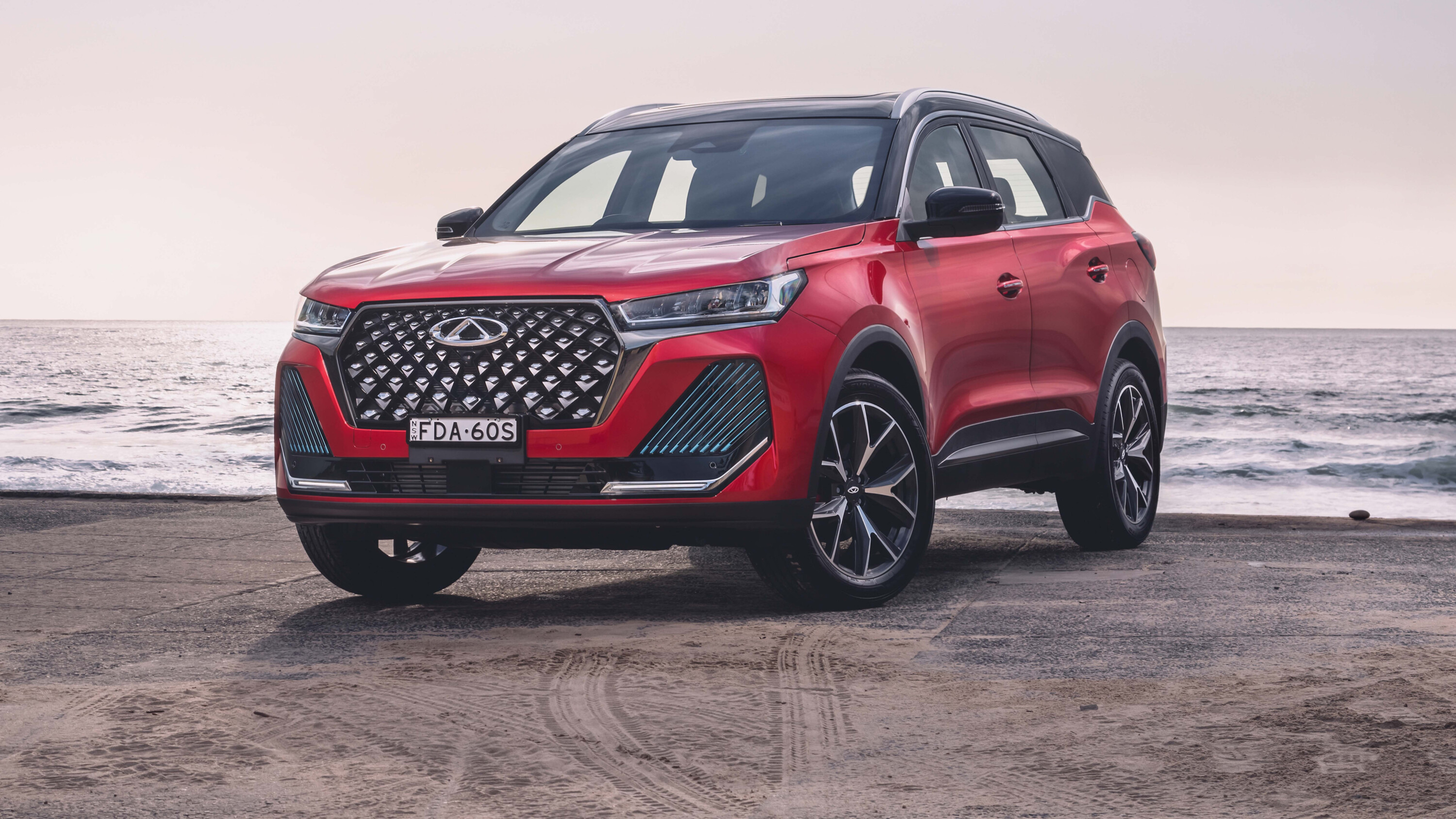
And that’s a shame because it’s got the ingredients of a great family SUV: refined fuel-efficient petrol engine, spacious and practical cabin, affordable price tag, and stellar after-sales promises.
It all works to make this a very enticing SUV on the forecourt. Our advice? Take the Tiggo for an extended test drive on a lumpy freeway before you whip out the checkbook.
| Chery Tiggo 7 Pro Ultimate AWD | |
|---|---|
| Price (drive-away) | $45,990 drive-away |
| DRIVETRAIN | |
| Engine | 4cyl, 1.6-litre, turbo-petrol, direct-injected |
| Compression ratio | 9.9:1 |
| Drive | All-wheel |
| Power | 137kW (@5500 rpm) |
| Torque | 275Nm (@2000-4000 rpm) |
| Gearbox | 7spd dual-clutch automatic |
| CHASSIS | |
| L/W/HB | 4513/1862/1696mm |
| Wheelbase | 2670mm |
| Track (F/R) | 1570/1570mm |
| Weight (tare) | 1601kg |
| Boot | 626-1672L |
| Fuel/tank | 95 RON/57L |
| Economy (combined ADR81/02) | 7.8L/100km |
| Suspension | Front: Struts | Rear: Multi-link independent |
| Steering | Electric power-assisted steering |
| Front brakes | Ventilated disc |
| Rear brakes | Solid disc |
| Tyres | Cooper Evolution CTT |
| Tyre size | 225/55R19 |
| SAFETY | |
| ANCAP rating | Unrated |
| 0-100km/h | 9.9 seconds (claimed) |
Score breakdown
Things we like
- Practical and spacious cabin
- Quiet and refined engine
- So much technology for the price
- Responsive voice control
Not so much
- Adaptive cruise, lane-centring, driver monitoring need recalibrating
- Steering is vague and lifeless
- Jittery low-speed ride
- Fitted with low-quality tyres
We recommend
-
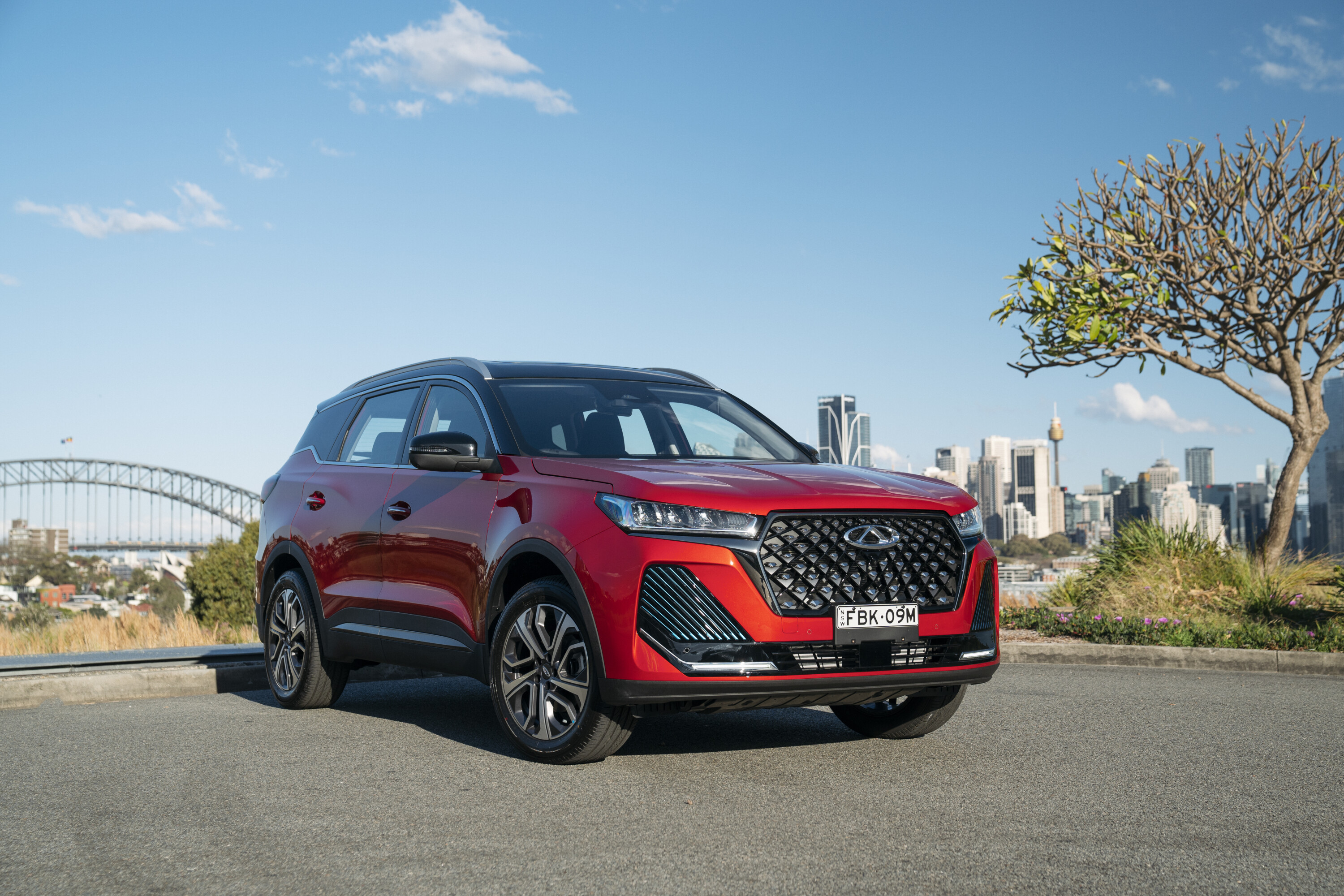 News
News2024 Chery Tiggo 7 Pro: Australian pricing & ANCAP 5-star rating confirmed
The second Chery model has landed in Australia. This time it’s a medium SUV, with the safety rating to match.
-
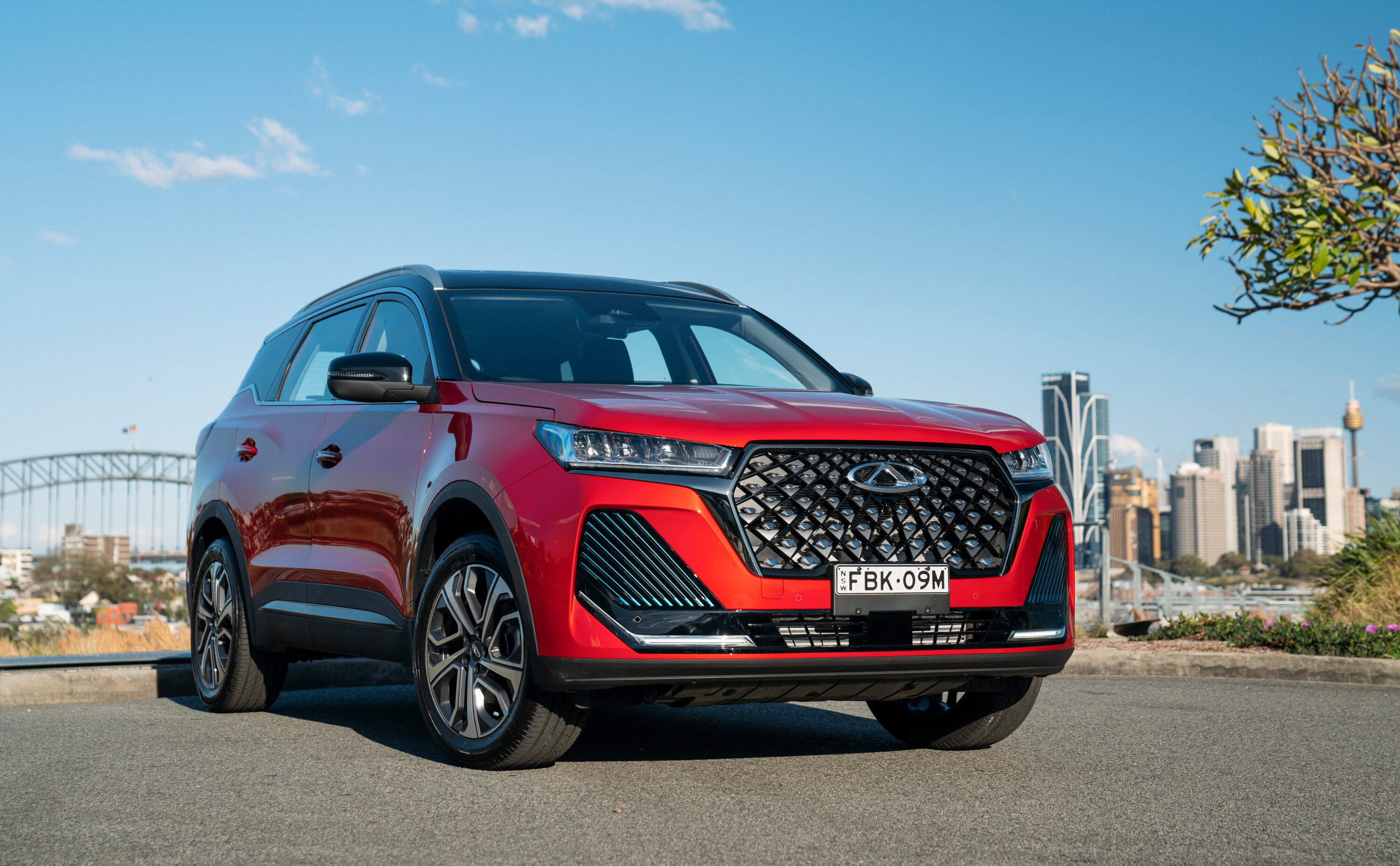 News
News2024 Chery Tiggo 7 Pro mid-size SUV: Initial Australian details
Chinese brand Chery’s local line-up will expand soon with the Tiggo 7 Pro mid-size SUV, as initial details are confirmed
-
 News
News2025 New Car Calendar: All the new cars coming to Australia
Take a look at our list of what is expected to launch in Australia in 2025 – plus those we might not see locally just yet


